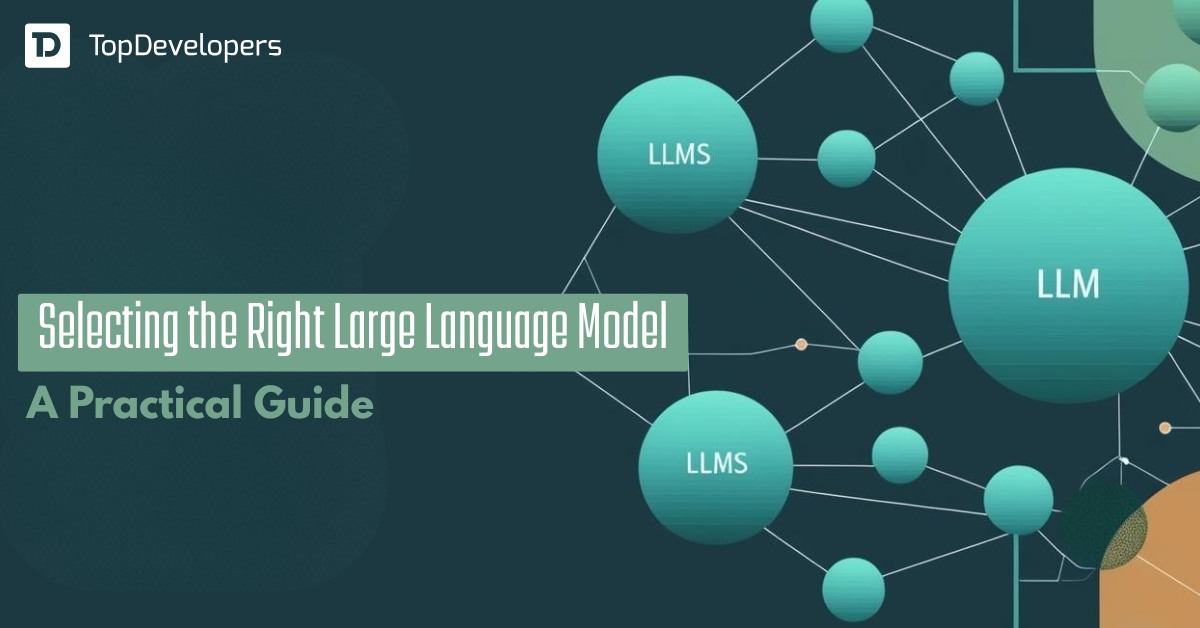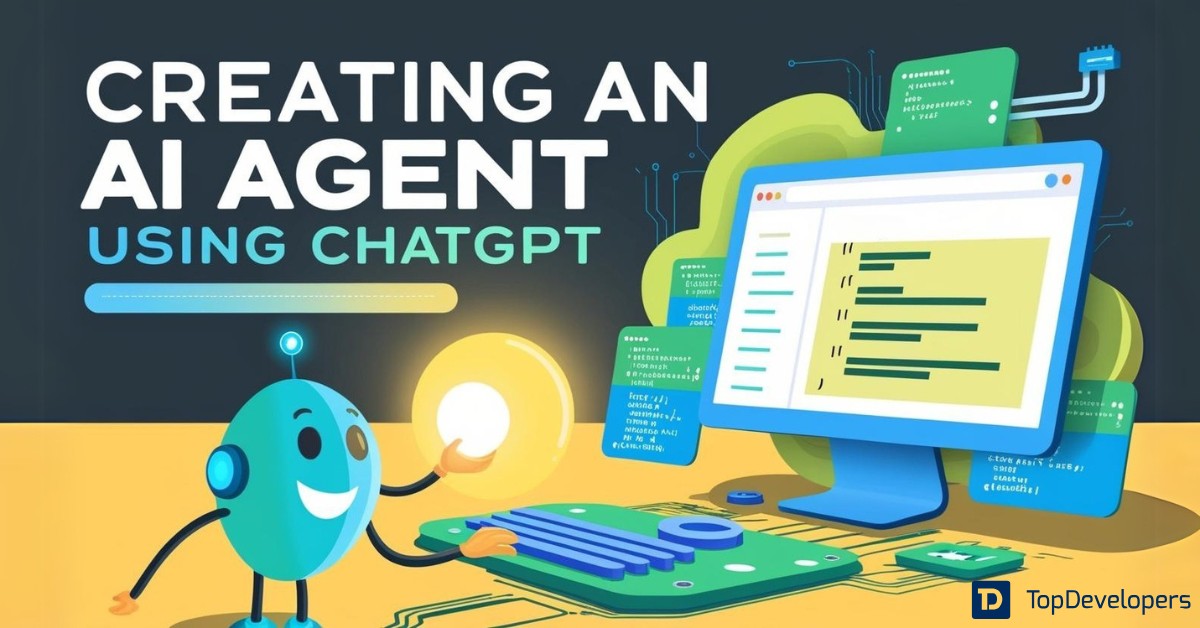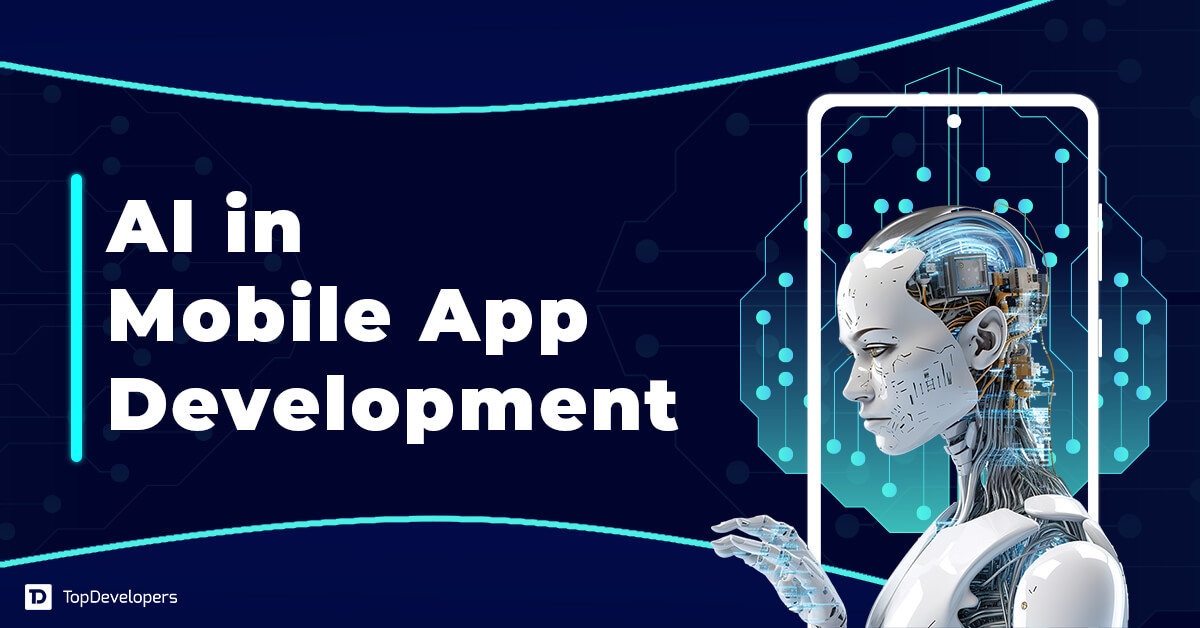
Artificial Intelligence and Machine Learning are two facets of modern-day computing that are often intertwined by not just common people but also experts. According to Statista, experts call Machine Learning a subset of Artificial Intelligence. This is the reason, in most places, they are more or less used for the same functions. Nevertheless, they are distinct in their own ways for features and functionalities.
Reports by the National University reveal some of the stunning figures for AI/ML:
- 9 out of 10 enterprises support AI to achieve a competitive edge in the market
- 63% of businesses globally are likely to adopt AI soonest
- In 2024-25, the global AI market is likely to grow 33%
- Artificial Intelligence is likely to contribute US $15.7 trillion to the global economy by 2030
As a business person, you need to know the difference between Artificial Intelligence and Machine Learning because when you build a business app or software solution for your company, these terms in today’s latest mobile and web app development are unavoidable.
Table of Contents
The Difference Between AI and ML
In simple words, artificial intelligence consists of machines such as voice assistants like Alexa, robotic vacuum cleaners, and self-driving cars; machine learning teaches those machines how to perform specific tasks. In broader terms, AI is a strategy and technique to make machines act or mimic humans. Machine learning, on the other hand, empowers those machines to learn and respond to every complex query and help with complex data analysis. Basically, it’s a branch of AI, though used for different purposes. Let’s explore AI vs ML in detail.
| Feature | Artificial Intelligence (AI) | Machine Learning (ML) |
|---|---|---|
| Definition | AI is the biggest ingestion of tech history that simulates human intelligence and problem-solving capabilities. In other words, it’s a broad field that uses human-like intelligence, such as maths, logic, and other activities and practices. It has three main functions, such as learning, problem – solving and cognitive functions. | It’s a branch of artificial intelligence (AI) that uses algorithms trained on data to empower machines to mimic humans and perform every task that a normal human can do. Apart from this, learning can help businesses, analyze data, categorize images, forecast things, Predict fluctuations, et cetera. Businesses can make the best use of machine learning by integrating them into various applications such as search engines, email, filters, websites, banking software, and other business-oriented applications. |
| Goal/Objectives | To build a machine that performs complex human tasks efficiently. It can be learning, problem-solving, and even pattern recognition. | To make machines smart enough to analyze large volumes of data, understand complex patterns, solve problems, and deliver accurate results. |
| Methods/Techniques | Machine learning, rule-based systems, generic algorithms, neural networks, deep learning, etc. are the top methods and techniques AI uses to learn, understand, and solve problems. | There are two methods that machine learning uses, such as supervised and unsupervised learning. Machine learning uses these two methods for different purposes: the former is the algorithm that learns from data values (labeled as input and output) and delivers results/solves problems accordingly. Whereas the latter is the algorithm that provides exploratory data and even discovers hidden patterns. |
| Requirement | AI requires high computational power and server space. | ML requires a large dataset so it can get better training and train the machines and requires sufficient computational power. Depending on the uses and the application, you may choose between server instances or server clusters. |
| Learning Approaches | AI learns through programmed rules and knowledge and with machine learning techniques. | ML learns through data analysis, and pattern recognition. |
| Data Dependency | Not always dependent on large datasets. They can operate with predefined rules, logic-based algorithms, and heuristics. AI can function in setups where data is limited or even nonexistent. | Heavily data-driven and dependent. The models need vast amounts of data to get trained. They rely on identifying patterns, insights from data, and correlations. The diversity, quantity, and quality of data directly influence the effectiveness and efficacy of ML models. |
| Human intervention | Advanced techniques such as DL or Reinforcement Learning operate autonomously once developed completely. They execute complex tasks without any human supervision and hence automation across industries is possible. Mostly need humans in defining objectives and setting rules. | Requires a considerable amount of human intervention especially in the development and training phase. Data scientists need manual labeling of data choose proper algorithms and continuously fine-tune them. |
| Adaptability | Relies on predefined algorithms or rules and it is rigid to adapt to the new information or scenarios. It will require reprogramming and manual updates to improve their logic. They are good at repetitive tasks but may struggle with novel situations to tackle variability. | Excel at adaptability especially when exposed to newer datasets. As more data become accessible, they grow and evolve automatically later. They are excellent in prediction and classification. They perform excellently in dynamic environments where conditions change frequently. |
| Applications | Comes with broad applications across multiple niches and industries. Robotics, NLP to gaming, expert systems, and decision-making tools – all are great with AI. | ML-enabled apps are more focused, especially in the areas where pattern recognition and data analysis are required. eCommerce, facial recognition, fraud detection, and targeted ads are a few applications. |
| Complexity | Artificial Intelligence is inherently complex as it includes a huge range of technologies such as logic-based reasoning, expert systems, and ML itself. Building AI solutions requires interdisciplinary mastery in fields such as mathematics, engineering, computer science, and psychology. | ML, being a part of AI, is more structured with a math approach. It’s complex, especially for neural networks and deep learning. It’s more formulaic and grounded in stats models and tailoring algorithms. Complexities increase when you choose more hyperparameters and the latest training. |
| Scope | AI has broad and far-reaching scopes with myriad models and techniques aimed at creating tools capable of simulating human-like responses. This includes decision-making, natural language understanding, and problem-solving. It is built to solve both narrow tasks and specific tasks to generalized jobs. | ML has narrower scopes within the AI field. The focus is on building models that learn from data and enhance automatically without programming specifically. It may not encompass a total spectrum of intelligence though it is highly effective in jobs like recommendation engines and image recognition. |
| Interpretability | AI models, especially those depending on traditional rule-based systems or symbolic reasoning, is generally easy. The decision-making methods are dependent on predefined rules or logic humans follow. The level of transparency is crucial in fields like the legal and healthcare industry. | ML are complex, particularly deep neural networks, and are difficult to understand. These models are like black boxes making responses based on intricate patterns in training materials that are not well explainable to humans. |
Conclusion
Wrapping up, both Artificial Intelligence and Machine Learning hold the power to automatize any business process and operation. They are immensely crucial to craft ultra-modern business applications to shoot profit and customer engagement. The choice between whether to go for AI tool or an ML tool should align with your specific business objectives. For tailored guidance, you may reach out to the best AI and ML development companies for consultation. Meet with their experts and illuminate the path that best suits to your enterprise’s vision.
 Derek Cohen
| Sep 27, 2024
Derek Cohen
| Sep 27, 2024
Analyzing business activities and data to formulate the best business development ideas is where I earn appreciations and remunerations. I’m an ardent reader, business adviser, gadget aficionado and an amateur yet an avid writer. My urge for innovative writing evokes every time I come across new gadgets, neo technology and novel technical events.


